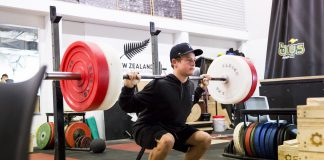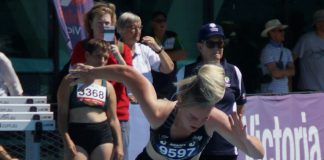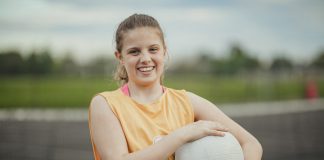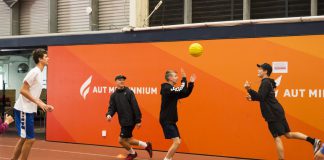Effective all around the court, Roger Federer is renowned for his exceptional footwork and apparent effortless movement.
But where do these abilities come from? More tennis?
In Federer’s case, he credits the wide range of sports he played growing up, a sentiment backed by science.
The specific movements in tennis, like an overhead smash, or a running backhand from outside the tram lines, require the synchronised use of the upper and lower body with a high degree of coordination and rhythmicity.
And as it turns out, children who spend more time challenging movement in a variety of ways during their formative years (i.e., 6-12 years of age), require less time to reach this level of motor proficiency.
Consider a study conducted with a group of 11 year old soccer players examining the effect of jump rope training on balance and motor coordination. The researchers compared 15 minutes of jump rope training, two days a week, with soccer specific activities (i.e., technical exercises and small-sided games). After eight weeks of training, the children who performed the jump rope training showed significant improvements on the balance and coordination tasks while those in the soccer group did not.
Jump rope performance largely depends on your ability to coordinate the arms, legs, and torso when the whole body is in motion. What’s more, balance is required throughout the activity to prevent disruptive displacements of the centre of gravity.
For a young athlete’s all-round development, and the chance to reach their full potential the sport they eventually decide to invest in, activities that challenge the multidimensional nature of movement are critical.



































